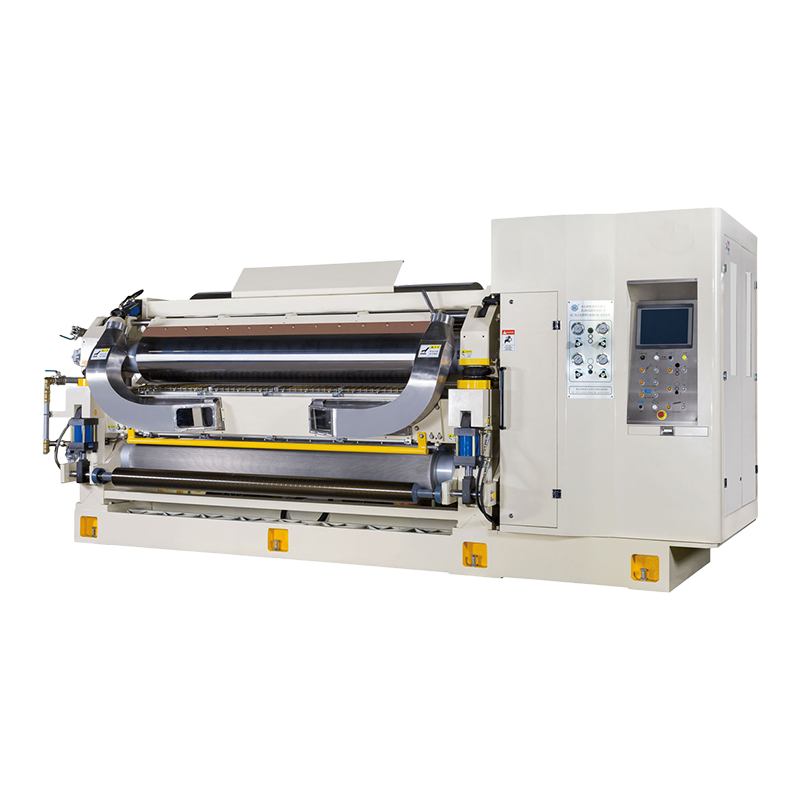The packaging industry has always been at the forefront of innovation, and the corrugated board manufacturing sector is no exception. With the growing demand for sustainable, efficient, and cost-effective packaging solutions, the technology behind the production of corrugated board paper and the machines that facilitate it have undergone significant transformations.
1. Digitalization and Automation
The introduction of digital technologies has been a game-changer in the corrugated board manufacturing process. Manufacturers are now leveraging advanced software and automation to streamline operations, reduce waste, and improve efficiency. For instance, digital printing technology allows for quick setup times and the ability to print on demand, which significantly cuts down on overproduction and material waste. This, in turn, enhances the sustainability of the corrugated board paper production.
2. High-Speed Corrugated Board Machines
Innovations in machinery have led to the development of high-speed corrugated board machines that can produce more with less. These machines are designed to work at faster rates while maintaining the quality of the corrugated board paper. The increased speed not only boosts productivity but also reduces the energy consumption per unit of output, making the manufacturing process more environmentally friendly.

3. Enhanced Paper Quality and Strength
The quality of corrugated board paper has seen significant improvements with the advent of new materials and processes. Manufacturers are now using recycled fibers and additives to create stronger and more durable corrugated board paper. These enhancements not only improve the performance of the packaging but also contribute to a circular economy by reducing the reliance on virgin materials.
4. Sustainable Production Practices
Sustainability has become a key focus in the corrugated board manufacturing process. Innovations such as water-based inks and adhesives, as well as energy-efficient machinery, are being implemented to reduce the environmental impact of production. Additionally, the use of renewable energy sources and waste reduction strategies are becoming increasingly common in corrugated board factories.
5. Precision Cutting and Folding
The precision of cutting and folding in the corrugated board manufacturing process has been improved with the help of advanced CNC (Computer Numerical Control) technology. These systems allow for intricate designs and complex shapes to be cut and folded with high accuracy, cause more efficient use of corrugated board paper and reduced material waste.
6. Intelligent Corrugated Board Machines
The integration of artificial intelligence (AI) in corrugated board machines is another significant innovation. These intelligent systems can analyze production data in real-time, predict machine performance, and optimize the manufacturing process. This not only increases efficiency but also helps in maintaining the quality of the corrugated board paper throughout the production line.
7. Lightweight Corrugated Board Paper
Innovations in the composition of corrugated board paper have led to the development of lighter-weight materials. These lightweight corrugated board papers offer the same strength and durability as traditional materials but with less material, reducing the overall weight of the packaging. This innovation is particularly beneficial for reducing transportation costs and the carbon footprint associated with the shipping of goods.
8. Enhanced Print Quality
The print quality on corrugated board paper has seen a significant leap forward with the introduction of high-definition printing technologies. This allows for more vibrant and detailed graphics, which can help brands stand out on the retail shelf. The enhanced print quality also means that the corrugated board paper can be used for a wider range of applications, from simple shipping boxes to high-end retail packaging.
9. Customization and Personalization
The corrugated board manufacturing process has become more flexible, allowing for greater customization and personalization. Manufacturers can now quickly switch between different designs and sizes without significant downtime, which is particularly useful for short-run orders and personalized packaging solutions.
10. Traceability and Quality Control
Innovations in traceability and quality control systems have also played a crucial role in the corrugated board manufacturing process. Advanced sensors and data collection systems can monitor the production line in real-time, ensuring that any issues are quickly identified and resolved. This not only maintains the quality of the corrugated board paper but also helps in meeting strict industry standards and regulations.

 English
English  Español
Español  Português
Português  عربى
عربى 




